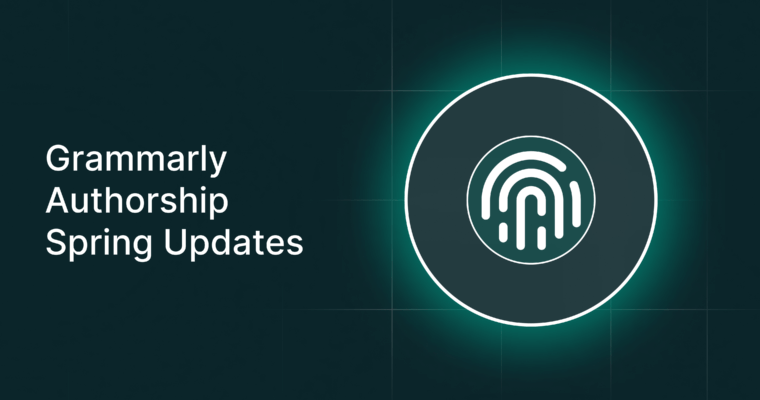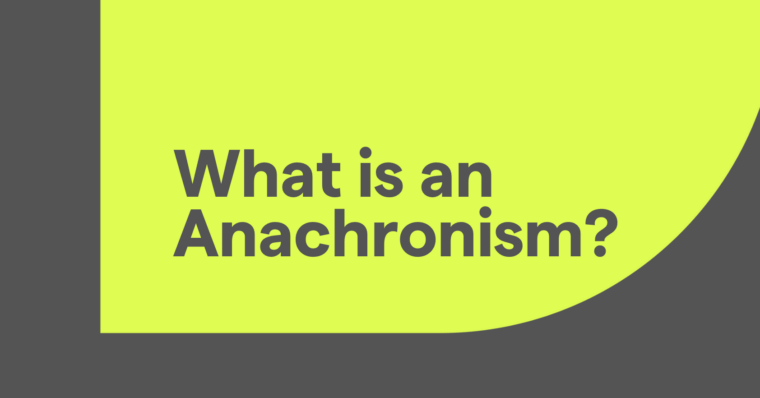
Have you read any good books lately? If the answer is yes, what made them good? And if the answer is no, why didn’t you enjoy them?
In a lot of cases, reaction essays start with prompts like these. Instead of arguing a position or persuading the reader, a reaction essay is all about your personal response to an event or a piece of media.
What is a reaction essay?
A reaction essay is a written response to material or events in the world at large; this extensive list includes everything from books and movies to trends and events. The purpose of a reaction essay is to express your personal, subjective response to the material, but it’s not purely an opinion piece. In a reaction essay, you explain why the work made you feel the way you did, including specific points in the material to support your reaction.
A reaction essay should clearly state whether you agree with the position expressed by the creator of the work and provide your own thoughts about this position.
How is a reaction essay structured?
A reaction essay follows the same structure as other types of essays. This structure includes:
Intro
In your essay’s introduction, hook the reader with a captivating fact or thought and then introduce your topic. The introduction should mention the topic you’re reacting to and your overall reaction—there’s no need to go into detail about your reaction just yet. Succinctly state your reaction in a clear thesis statement. If your essay title asks a question, you should answer it in the intro paragraph.
Body
Although it’s common for academic essays to contain three body paragraphs, this usually isn’t a requirement. Your reaction essay might need only two body paragraphs, or it might need four or five. These are the paragraphs that explain and support your thesis statement.
Each body paragraph should discuss one topic. For example, you might cite three specific chapters to support your reaction to a book. In your essay, dedicate one paragraph to each chapter you discuss.
Conclusion
In the conclusion section, summarize the points you discussed in the essay’s body paragraphs and restate your thesis statement. You don’t need to restate it word for word; reiterate it in a way that feels natural and appropriate after the body paragraphs.
List of citations
The last part of your reaction essay is your list of citations. After all, you’re reacting to a particular piece of material—so you need to cite it! Be sure to include all relevant information, such as the author or creator’s name and the work’s publisher. If you aren’t sure which style guide to use, ask your instructor. Depending on the course, you might be required to use MLA, APA, or Chicago style.
If you reference more than one piece of media in your essay, cite all of them. Depending on your subject, you might provide supporting evidence and quotations from other writers who’ve written about the subject to support your reaction. However, be sure to develop and support your own original conclusion, rather than just agreeing with other authors’ reactions to the work.
Types of reaction writing
Not all reaction essays are academic assignments. When you read a movie review, a restaurant critique, an editorial, a blog journal, or any other type of review, you’re reading a reaction essay.
For example, a movie review might discuss the film’s casting, score, story, and set design. The author might also compare the movie with other recent films or write about how the movie held up to their expectations. Reviews of other kinds of media, such as books, plays, and video games, also frequently discuss technical aspects of their subjects as well as the author’s personal feelings about their experience. For example, a video game review might discuss how well the game runs on various platforms, and a theater review might discuss the set design or the acoustics in the theater.
Another common type of reaction essay is an editorial. An editorial is a published opinion piece that can cover just about any human interest topic, such as proposed legislation, a trending issue, or a recent event. In an editorial, the author generally summarizes the topic, then provides relevant facts and statistics to support their opinion. Alongside these facts, they might also include personal experiences with the topic and their own subjective feelings about these experiences. Editorials are published in newspapers, magazines, and online.
3 reaction essay writing tips
1 Understand the prompt
You can’t effectively react to a prompt if you don’t understand the prompt. When you’re given a reaction essay prompt, read it carefully and make sure you’re clear on what it’s asking before you start brainstorming.
2 Use an essay outline
Before you write your reaction essay, write an outline. An outline is a “skeleton” version of your essay that shows the points you’ll cover in each paragraph. Writing an outline can help you organize your thoughts and develop a coherent structure for your essay, and when it comes time to write your first draft, the outline can serve as a guide to keep you on track.
3 Apply critical thinking
One of the most important aspects of a reaction essay is the criticism it provides. Keep in mind, criticism doesn’t necessarily mean pointing out your topic’s flaws—it simply means an analysis of the topic. As you brainstorm and write your outline, think carefully about what you’re reacting to and why you feel that way about it. What provoked these feelings? Did you expect to feel a certain way, and did your actual experience match this expectation?
The goal of critical thinking is to reach your own conclusion about the topic. This is why it’s impossible for your reaction to be wrong. Reactions are subjective, and as long as your writing supports your reaction, it’s valid.
Reaction essay example
Prompt: How does Netflix’s Bridgerton compare with Julia Quinn’s original novels?
Intro: Introduction to the TV and book series; a few important facts about both series, and a thesis statement clearly stating how the author feels the show compares with the novels on which it’s based.
Body paragraph 1: A discussion about how the Netflix series has a different timeline than the books do and how this affected the plot.
Body paragraph 2: The author’s reaction to the character of Queen Charlotte, a character specifically created for the Netflix series. This paragraph would discuss how the addition of a new, prominent character altered the story from the original.
Conclusion: A summary of the points the author made in the body paragraphs, followed by a reiteration of their feelings about Bridgerton as an adaptation of Julia Quinn’s novels.
Reaction essay FAQs
What is a reaction essay?
A reaction essay is an essay about your thoughts and feelings about a topic. It’s a response to a piece of media, such as a book, event, article, movie, or podcast.
How is a reaction essay structured?
A reaction essay follows the same structure as other types of essays. Here is an example of a five-paragraph reaction essay outline:
Introduction paragraph
Body paragraph
Body paragraph
Body paragraph
Conclusion paragraph
Not all reaction essays contain three body paragraphs. Some contain one or two, while others contain more than three.
What are some types of reaction writing?
- Book reviews
- Editorials
- Movie reviews
- Restaurant critiques
- Opinion blog posts






